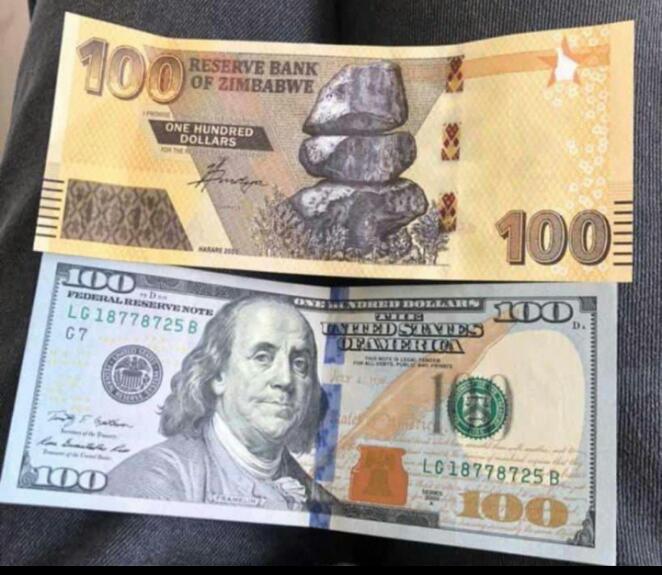Economists suggest that Zimbabwe’s local currency, which has been falling against the US dollar causing inflation and rejection in some sectors, may be stabilising due to the central bank’s withdrawal of about $200 billion from the market through its wholesale auction, among other factors.
Observers believe that this liquidity withdrawal constitutes a significant portion of the usable balances in the market. The upcoming half-year statutory quarterly payments dates are also expected to further reduce Zimbabwe dollar liquidity, which could strengthen the local currency.
Economist Farai Mutambanengwe said convergence between the Zimbabwe and US dollar, which authorities have struggled to achieve, is looking more likely following the series of measures announced by both monetary and fiscal authorities recently. Mutambanengwe said:
Its appreciation will result in people not changing their ZWL (Zimbabwe dollar) to USD at the first opportunity, meaning less demand for USD and therefore even further appreciation.
So, ZWL will actually become the preferred currency, meaning de-dollarisation.
Holding current measures constant, convergence will happen by mid-next month, the dominance of (the Zimbabwe dollar) by August, and practical de-dollarisation by the end of the year.
Several economists suggest that Zimbabwe’s local currency may be stabilizing after a period of free-fall against the US dollar. The central bank’s wholesale auction for banks has withdrawn around $200 billion from the market, and the half-year statutory quarterly payments dates are expected to reduce Zimbabwe dollar liquidity, strengthening the local currency. Authorities have introduced measures such as a 1% tax on foreign payments and a requirement to pay customs duty in local currency, which may encourage the use of the local dollar.
Economist and MPC member Professor Ashok Chakravarti believes that the measures implemented by authorities will bring about currency and price stability, improve demand for the local currency, and have a significant impact in the next couple of weeks. He said:
There was a lot of liquidity in the market and these policies are squeezing that liquidity out of it. Just in the last two weeks, the foreign exchange auctions have taken almost $200 billion out of the market, and in a couple of weeks you will see another $200 billion going out, which is going to lead to a big squeeze, so let’s wait and see.
The Zimbabwean government has taken measures to stabilize the economy and promote the use of the local currency, such as allowing businesses to retain 100% of foreign currency proceeds from domestic sales and increasing short-term interest rates to discourage speculative borrowing. The central bank has introduced monetary policy interventions to address exchange rate volatility.
However, economist Persistence Gwanyanya notes that the market is still experiencing downward pressure, with a significant reduction in Zimbabwe dollar balances due to the launch of the wholesale market for foreign currency. He suspects that the balances may have decreased further without fresh liquidity injections. He said:
The US$15 million and US$20 million that have been sold to banks and bureaux de change mopped up a significant amount of Zimbabwe dollars, around $195 billion.
According to economist Persistence Gwanyanya, if there are no other avenues to inject fresh liquidity, the market could be running dry of Zimbabwe dollar liquidity. During the last wholesale for foreign currency, banks struggled to mobilize liquidity to present bids for the purchase of forex beyond US$1 million. Economist Gift Mugano believes that while the measures introduced by the authorities should have been implemented from the outset, he doubts they will have much impact now given the damage that has already been done.



Back to top